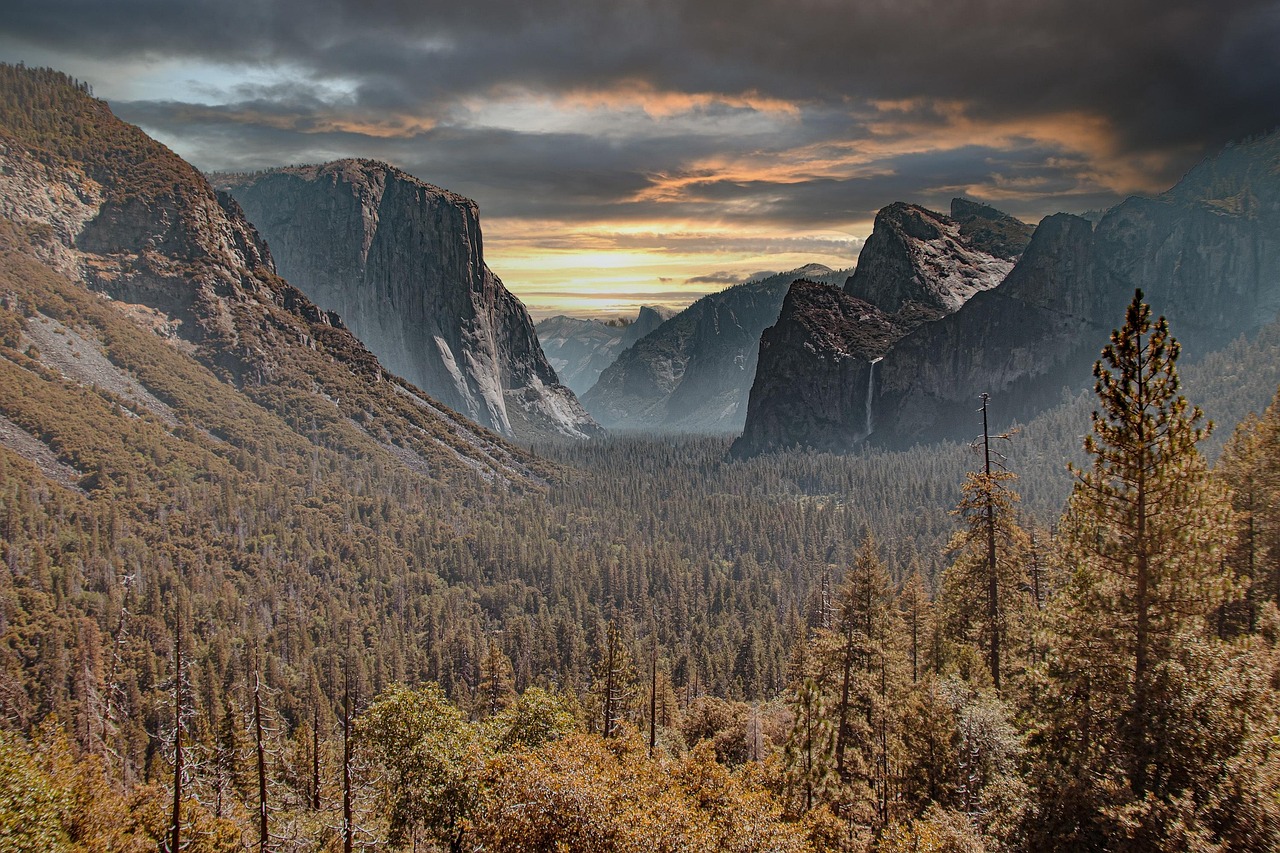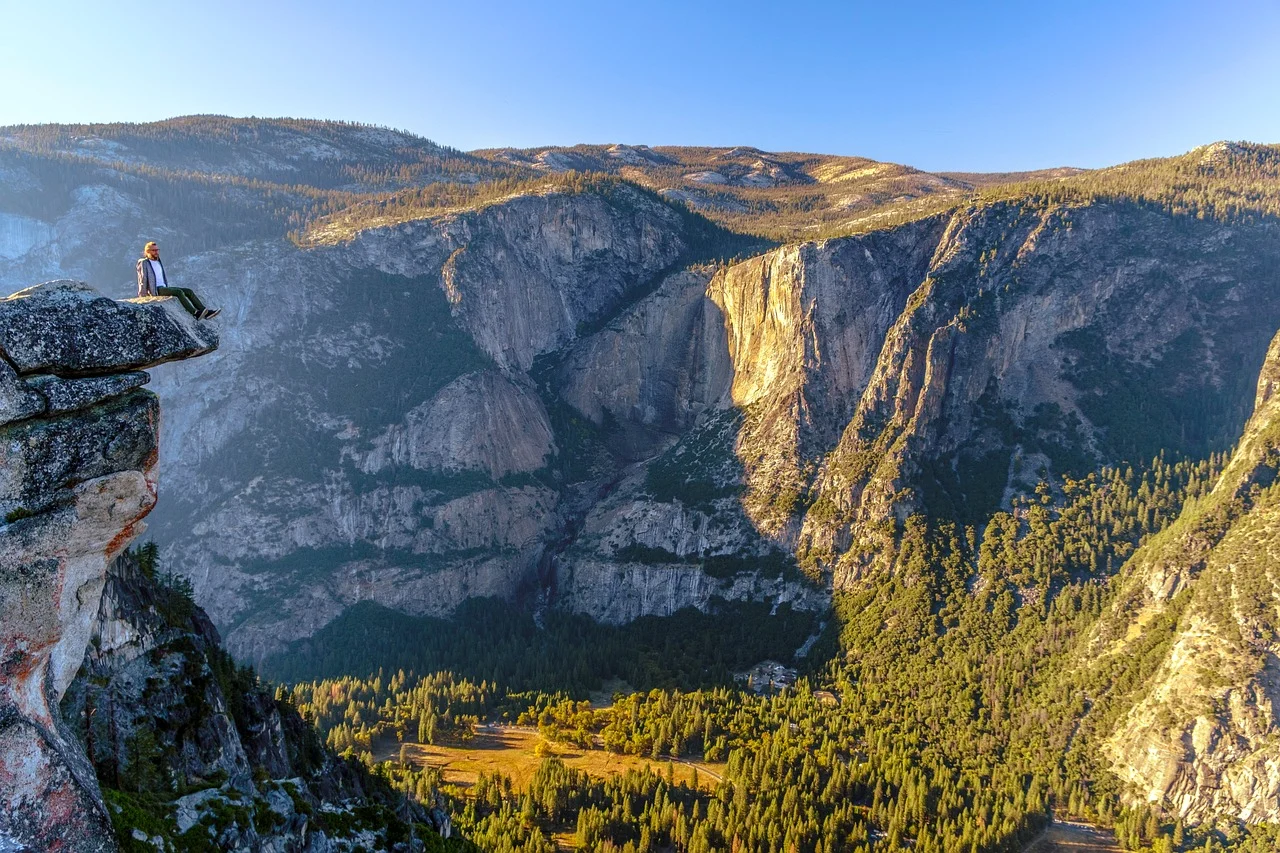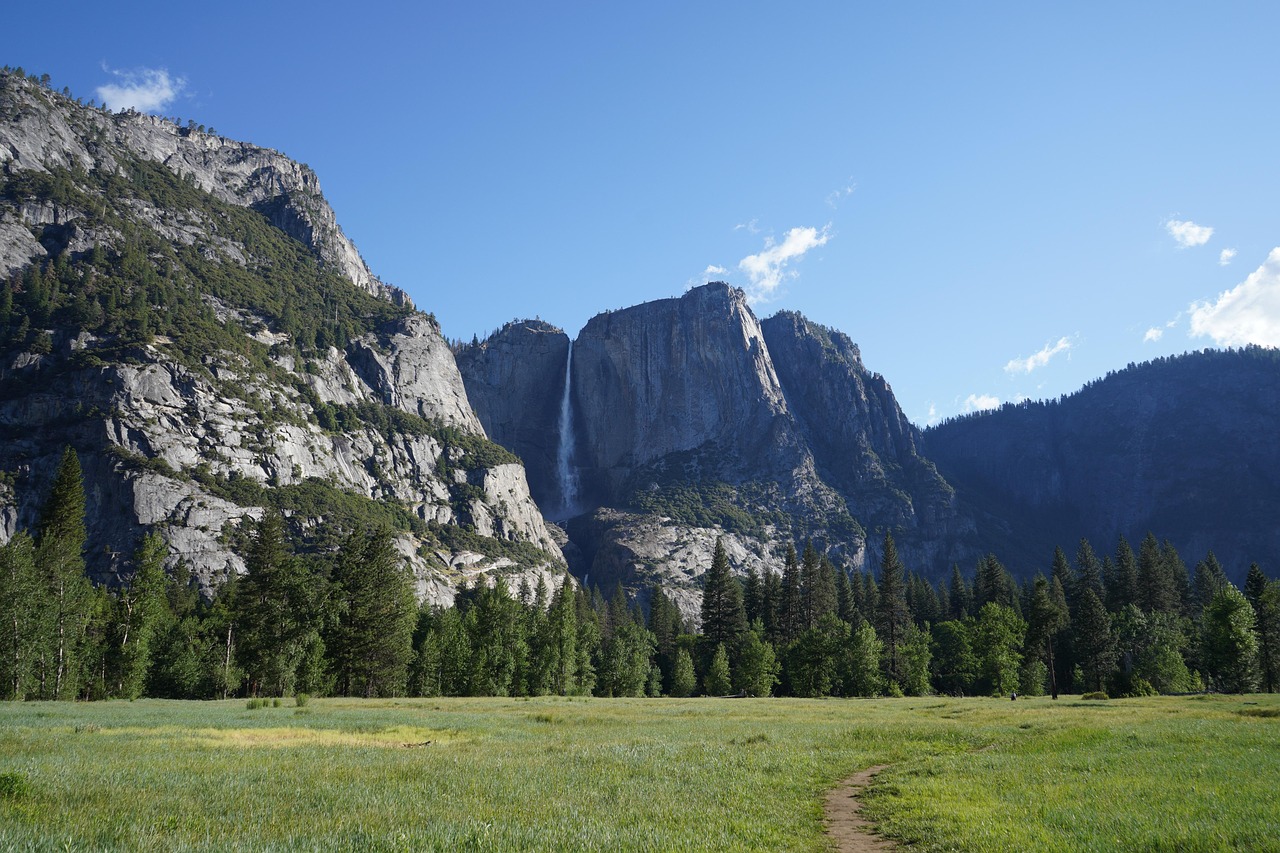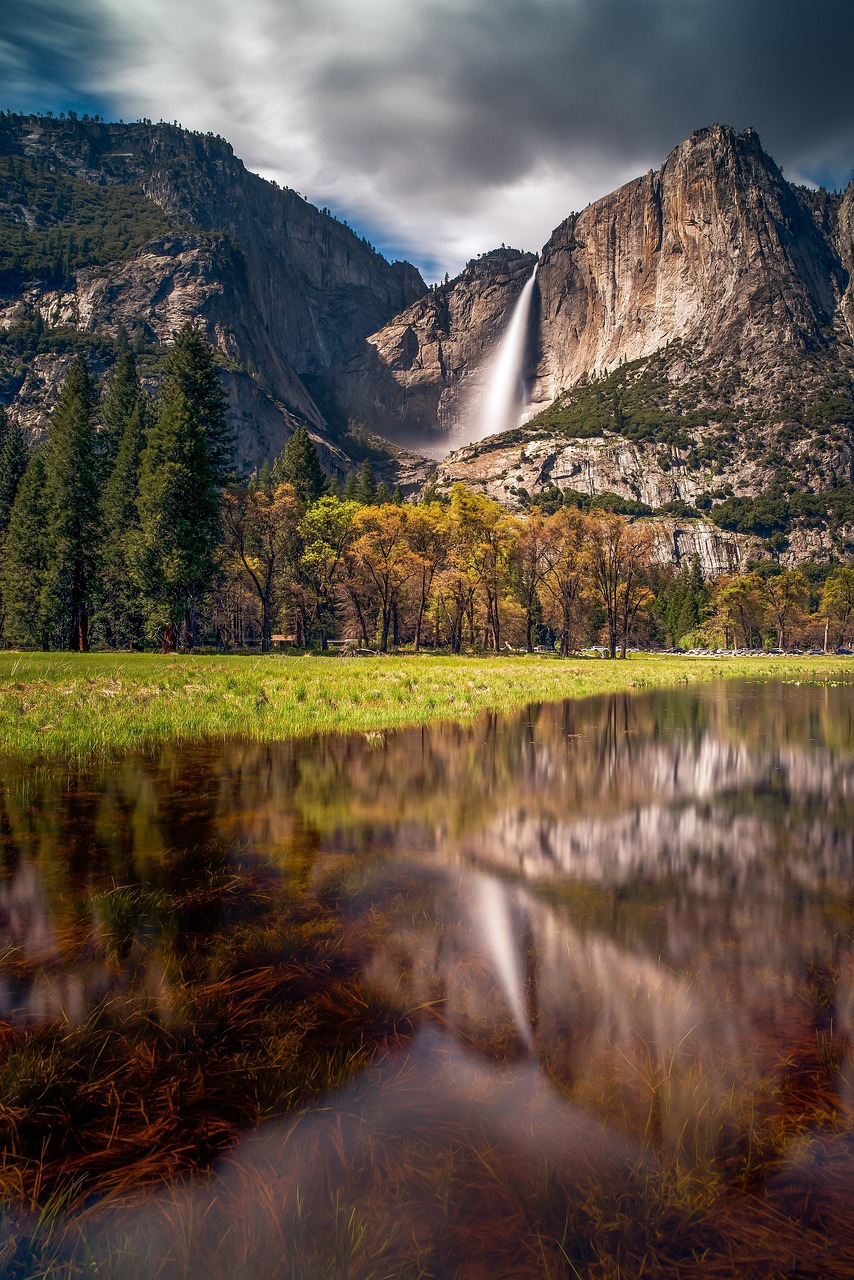By Travel Editorial Team
9 min read
Fast Facts
Location: California, USA
Established: October 1, 1890
Area: 748,436 acres (over 1,100 sq miles)
Elevation Range: 2,000 to 13,114 feet (610–3,997 m)
Annual Visitors: ~4 million
Famous For: Waterfalls, granite cliffs, sequoias, and natural wonders
UNESCO World Heritage Site: Since 1984
Why Go and What to Know
Yosemite National Park is the crown jewel of America’s natural heritage—an awe-inspiring blend of granite peaks, ancient sequoia groves, and roaring waterfalls. Nestled in California’s Sierra Nevada mountains, it’s both wild and accessible, spiritual yet raw.
First protected thanks to conservationists like John Muir, Yosemite became a cornerstone of the U.S. National Park movement. Its landscapes—Half Dome, El Capitan, and Yosemite Falls—are among the most photographed on Earth. Yet no image compares to standing there in silence, surrounded by towering cliffs and the thunder of falling water.
Whether you’re hiking alpine trails, watching climbers scale granite walls, or camping beneath a canopy of stars, Yosemite reconnects you with nature’s vast scale and serenity.

Top Attractions
1. Yosemite Valley
The park’s main hub, carved by glaciers and framed by sheer cliffs. From here, you can see El Capitan, Half Dome, and Bridalveil Fall—some of the most iconic vistas in North America.
2. El Capitan
A 3,000-foot vertical granite face revered by rock climbers worldwide. Even if you’re not scaling it, watching climbers through binoculars from El Capitan Meadow is mesmerizing.
3. Half Dome
This dome-shaped granite monolith dominates the skyline. The strenuous Half Dome Trail (14–16 miles round-trip) rewards hikers with panoramic views of the valley and high country. A permit is required to climb the cable route to the summit.
4. Yosemite Falls
At 2,425 feet, Yosemite Falls is one of the tallest waterfalls in North America. Spring (May–June) is peak flow season, when melting snow turns the falls into a thunderous cascade.
5. Glacier Point
A spectacular viewpoint 3,200 feet above the valley. From here, see Half Dome, Yosemite Falls, and distant peaks. The road is typically open late May through October.
6. Mariposa Grove of Giant Sequoias
Home to over 500 mature giant sequoia trees, some more than 2,000 years old. The Grizzly Giant and California Tunnel Tree are must-sees.
7. Tuolumne Meadows
High-elevation meadows and clear alpine streams offer a peaceful contrast to the busy valley. Ideal for hiking, fishing, or simple solitude.
8. Tunnel View
Arguably the park’s most famous panorama—especially at sunset—framing El Capitan, Bridalveil Fall, and Half Dome in one breathtaking shot.

Seasonal Guide
| Season | Conditions | Highlights |
|---|---|---|
| Spring (Apr–Jun) | Waterfalls at peak flow, blooming dogwoods | Ideal for photography and short hikes |
| Summer (Jul–Aug) | Warm days, busy crowds | High-country trails open, stargazing best |
| Fall (Sep–Nov) | Crisp air, fewer visitors | Golden aspen trees, reflective rivers |
| Winter (Dec–Mar) | Snow and serenity | Skiing at Badger Pass, icy waterfalls, minimal crowds |
Best time to visit: Late spring through early fall. Winter offers beauty with solitude but requires snow-ready gear.
Plan Your Trip
Getting There
-
By Car: Yosemite Valley is about 4 hours from San Francisco or 5 hours from Los Angeles.
-
Entrances:
-
Arch Rock (West): via Highway 140 from Mariposa
-
Big Oak Flat (North): via Highway 120
-
South Entrance: via Highway 41 near Oakhurst
-
Tioga Pass (East): via Highway 120 (summer only)
-
Entrance Fee
-
$35 per vehicle (valid 7 days)
-
Annual Yosemite Pass: $70
-
America the Beautiful Pass accepted
Where to Stay
-
Inside the park:
-
The Ahwahnee Hotel – luxury, historic.
-
Yosemite Valley Lodge – family-friendly and central.
-
Curry Village – cabins and tent camping.
-
-
Outside the park: Mariposa, Groveland, and Oakhurst offer lodging and supplies.
Travel Tips
-
Book lodging or campsites months ahead (especially May–September).
-
Arrive early; parking fills fast.
-
Bring refillable water bottles—tap water is clean and safe.
-
Always store food in bear-proof lockers.

Outdoor Adventures
-
Hiking: Over 750 miles of trails—ranging from short walks to multi-day backcountry treks.
-
Rock Climbing: Legendary routes on El Capitan and Cathedral Peak.
-
Photography: Sunrise at Tunnel View or sunset at Glacier Point.
-
Cycling: 12 miles of paved paths loop through Yosemite Valley.
-
Winter Sports: Skiing and snowshoeing at Badger Pass Ski Area.
Wildlife and Ecology
Yosemite is home to more than 400 species of wildlife, including black bears, mule deer, bobcats, and over 250 bird species. The park’s ecosystems range from oak woodlands to alpine tundra, with more plant diversity than most U.S. national parks.
Always observe animals from a distance and never feed them—habituation threatens both humans and wildlife.
Why Yosemite Captivates
Yosemite National Park is nature in its purest form—an ancient landscape that continues to inspire poets, climbers, and dreamers. Standing at the valley floor, you feel small yet deeply connected to something vast and eternal.
Here, granite meets sky, rivers carve canyons, and silence speaks louder than noise. It’s not just a park—it’s a timeless testament to the beauty that defines the American wilderness.



